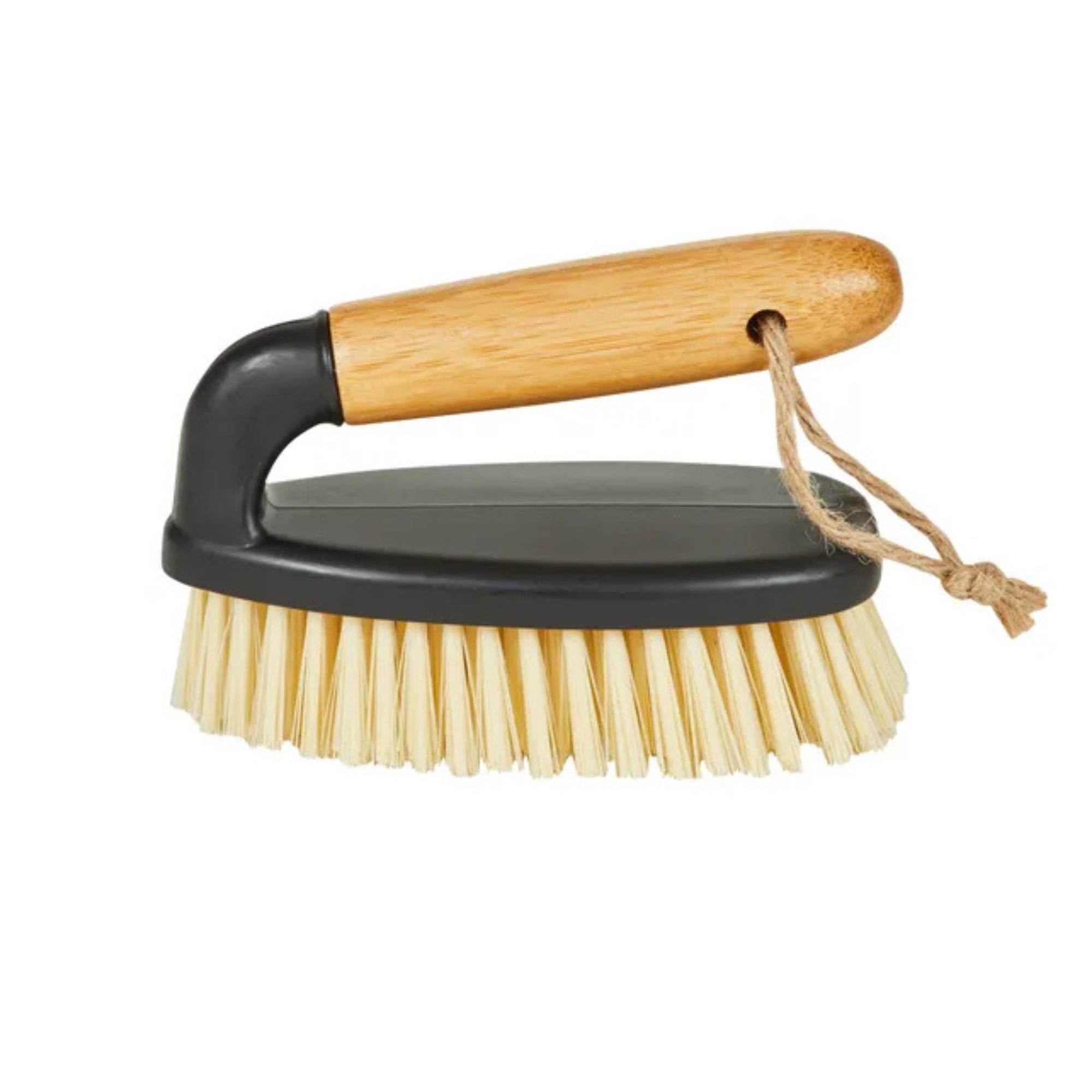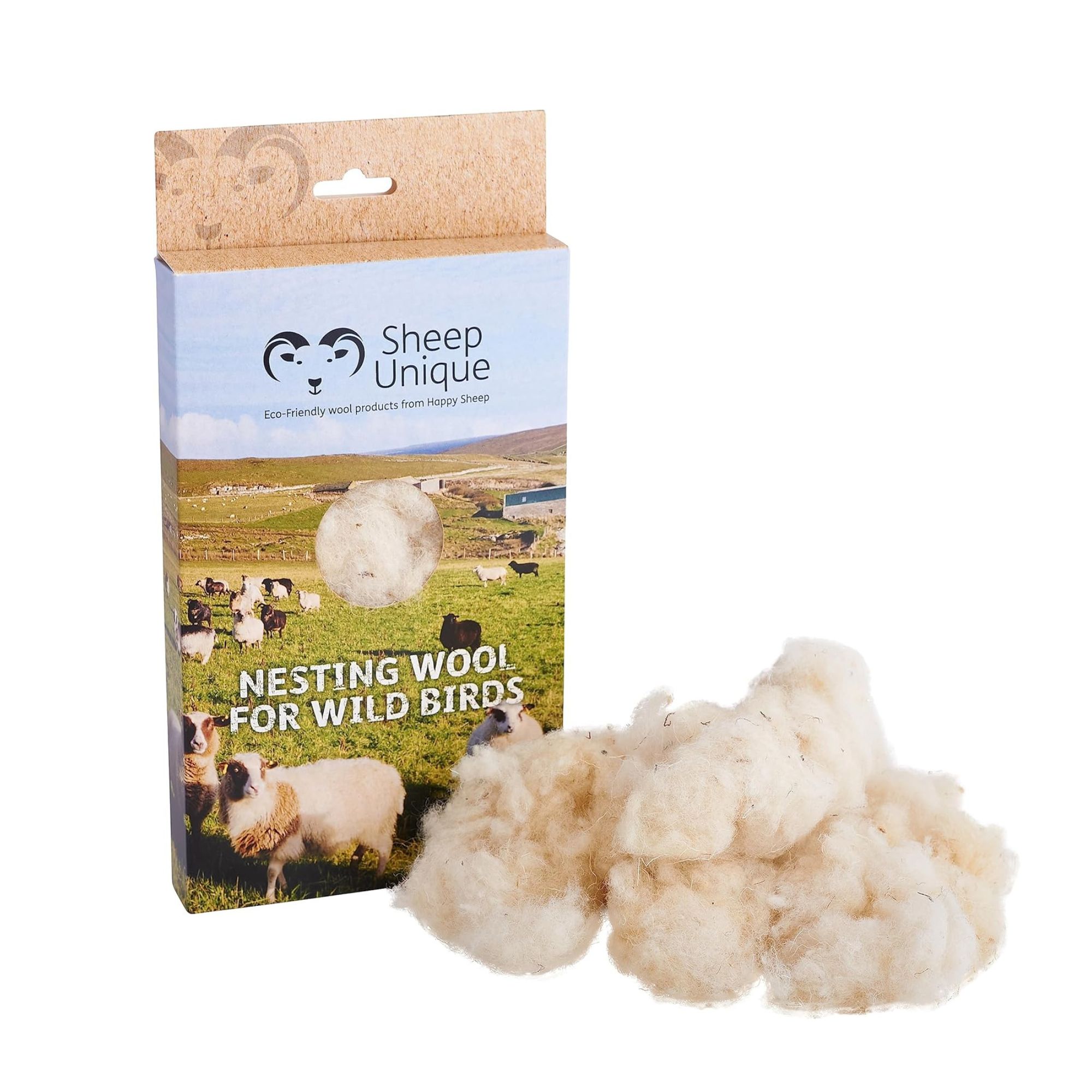Bird box winter care - 6 things wildlife experts are urging gardeners to do now to keep birds safe and warm
When was the last time you gave your bird box some TLC?
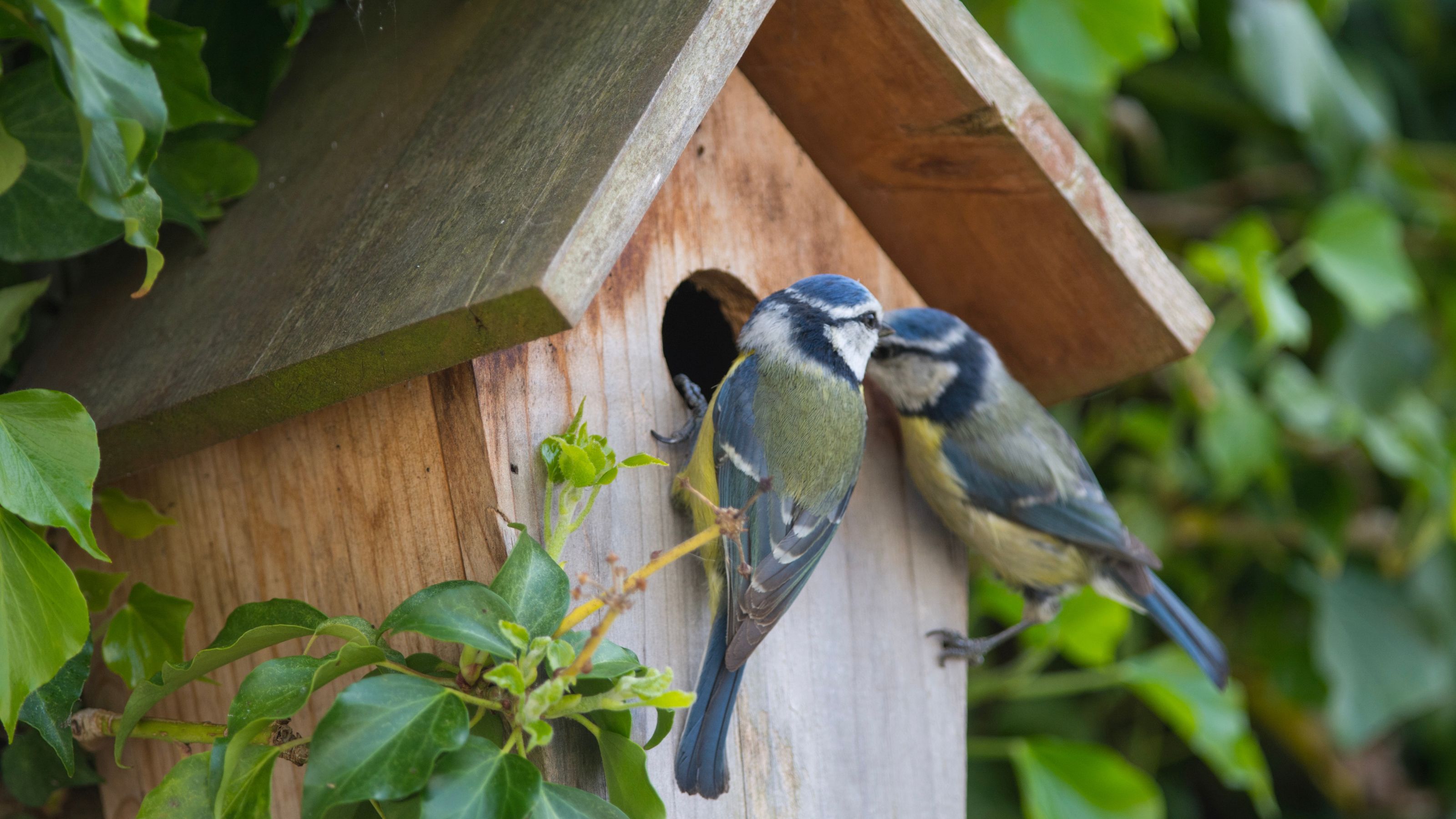

Bird boxes are essential for a bird's winter survival. As well as protecting them from harsh weather, the boxes can keep them safe from predators and offer a comfortable place to roost. But if you want to ensure that your bird box is equipped to give your feathered friends what they need during the colder months, you’ll need to complete vital bird box winter care.
Whether you have a dedicated wildlife garden or just like to make it as inviting to birds as possible, it’s fair to say that birds need a helping hand during winter. Experts are urging gardeners to feed blackbirds to prevent declining numbers, and bird bath winter care should be at the top of your priority list. But your bird box also needs some TLC.
As Susan Morgan, CEO SongBird Survival, explains, ‘Now is the perfect time to clean out and repair bird boxes, as some species start to use nest boxes from December and January, and others from March or April.’ So, follow the steps below to complete your bird box winter care before it’s too late.
What you'll need
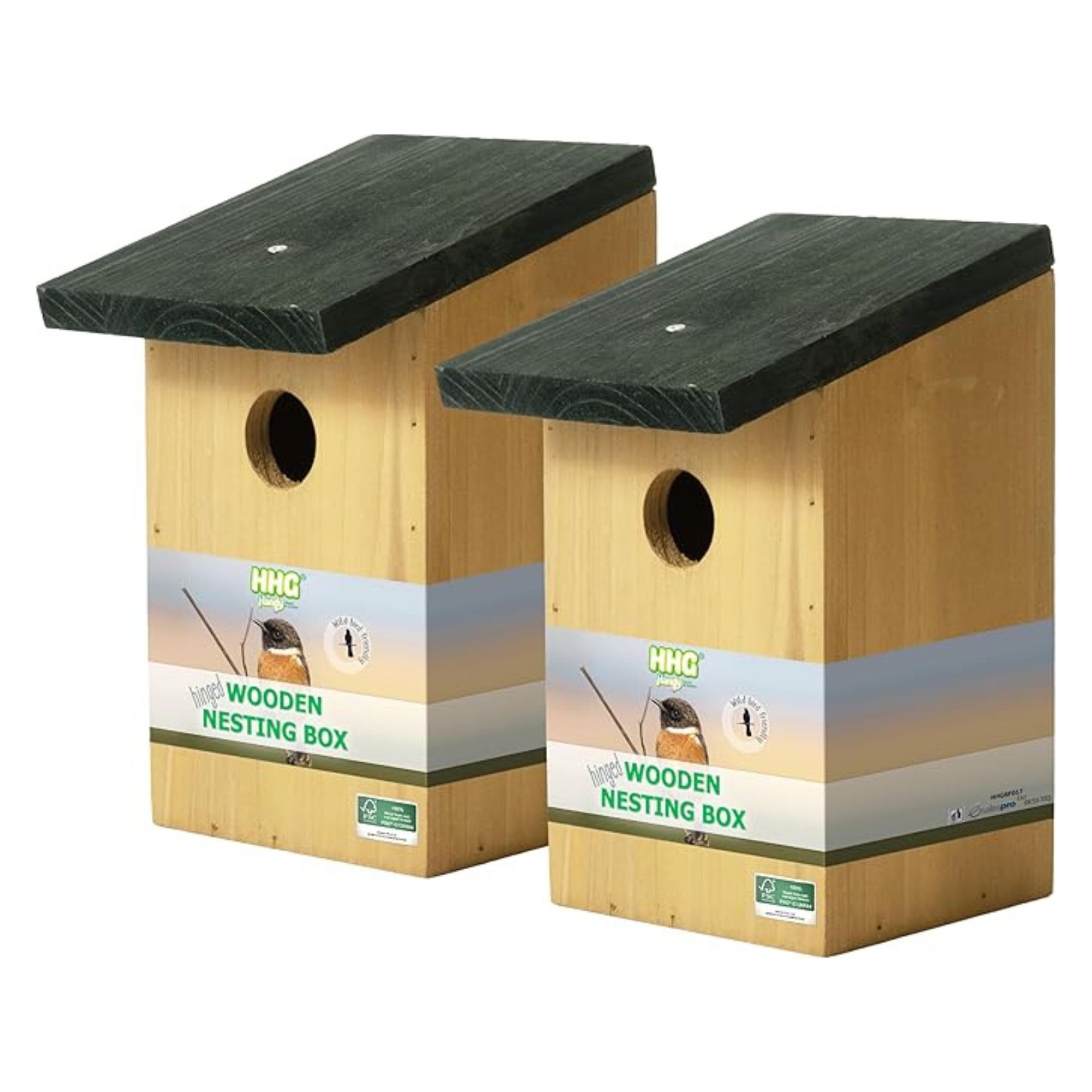
If your old bird box is beyond repair, these are a great replacement. The 30mm hole is suitable for a wide range of UK birds, including blue tits and house sparrows.
Step-by-step
1. Choose the right time

As the weather gets colder, you may try to avoid going out into the garden at all costs. But it’s important to add bird box winter care to your list of jobs to do in the garden in December, as you should aim to tick this task off your to-do list before winter really rears its head.
Sean McMenemy, wildlife expert and founder of Ark Wildlife, explains, ‘The best time to roll up your sleeves and give your nest box some TLC is after the birds have left in later autumn and early winter to ensure you don’t disturb any late stayers.’
If you’re worried that some birds may be taking advantage of your late check-out policy, Susan suggests, ‘Give your boxes a tap on the side to make sure that any creatures that may be using them for winter shelter have a chance to escape.’ Then, you can move on to the next step.
2. Inspect your current set-up

Before you spend time and effort on your bird box winter care, it’s also a good idea to inspect your current set-up to see whether it’s worth your time and attention. To do this, you’ll need to remove it from its current location - whether it's on a shed, tree, or fence.
Get the Ideal Home Newsletter
Sign up to our newsletter for style and decor inspiration, house makeovers, project advice and more.
Susan advises, ‘Start by looking at the bird boxes you’ve already got – have they been used this year? Perhaps they are in the wrong place.’
If the bird box is empty, it’s worth choosing a new location when you’ve completed the other steps below. It would be best to discard any bird boxes that are damaged or broken beyond repair, as it’s highly unlikely a bird will choose it as their roosting spot over the winter.
3. Give it a good clean
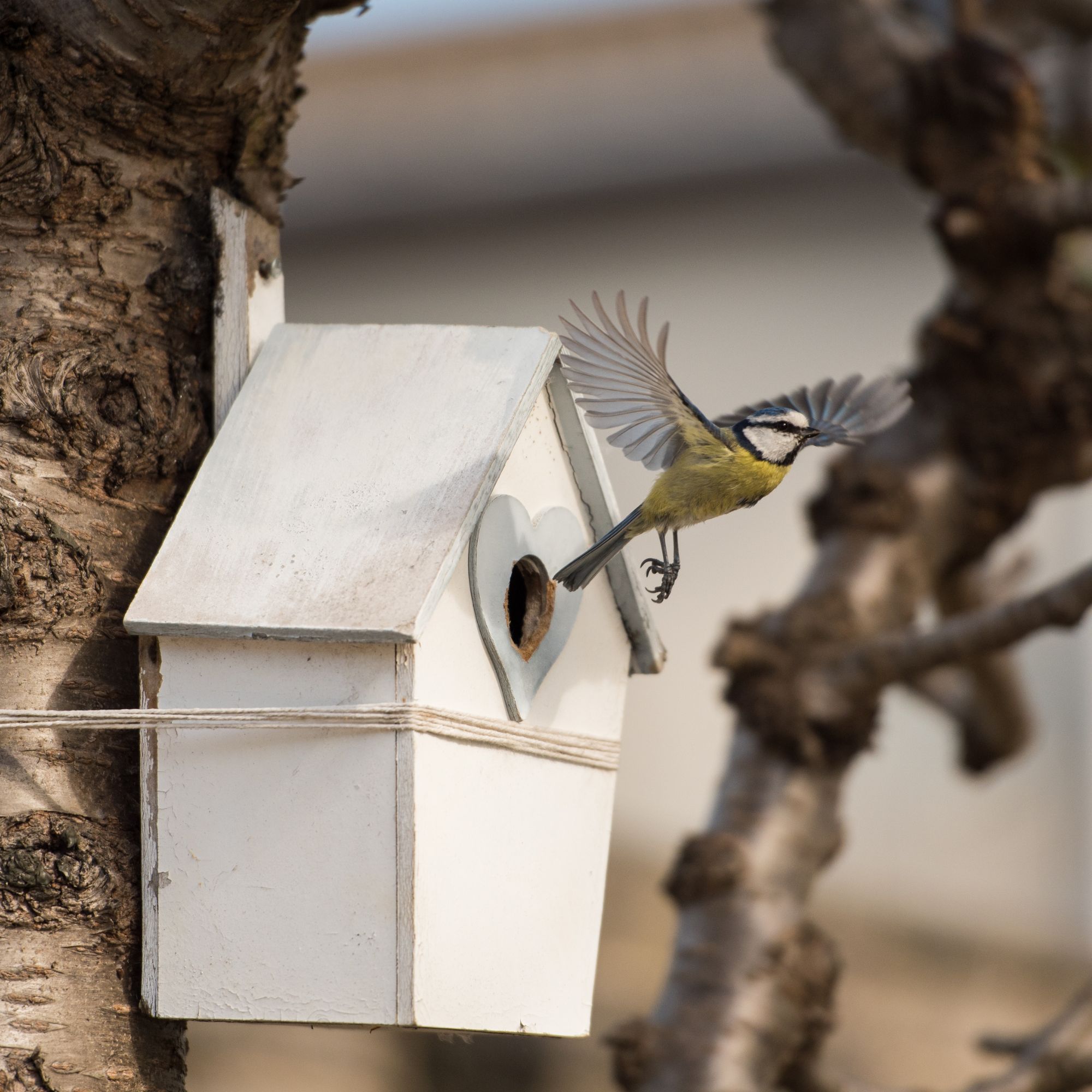
When you’re confident that you - and the birds - will be able to get at least another year’s use out of the bird box, you need to give it a good clean. This isn’t just for aesthetics, though.
Sean explains, ‘While nests provide a cosy home for birds, they can also harbour parasites and creepy crawlies that may make young chicks sick. To keep things safe, it's best to remove all the nest material and dispose of it in the bin, preventing any risk of disease spreading to other wildlife.’
Thankfully, cleaning a bird box is just as easy as cleaning a bird bath when you’ve removed the old nest material. And Richard Green, wildlife expert and head of production at Kennedy Wild Bird Food, advises that you simply ‘disinfect it using boiling water.’
Boiling water should be enough to get the job done - especially as you want to steer clear of any harsh chemical cleaners or insecticides that could harm the birds. You just need to make sure that you give it a good scrub and get into all of the corners to remove any lingering dirt or germs.
However, Sean says that you may, sadly, come across some unhatched eggs or chicks that didn’t make it during this process. He says, ‘While this can be upsetting, it’s important to dispose of them properly to help prevent the risk of illness to other feathered friends.’
He adds, ‘Just remember, under the Wildlife and Countryside Act 1981, you can only legally remove them between October and January. And, unfortunately, they must be destroyed – it’s illegal to keep them. Although it’s a tough part of the process, it ensures everything is safe and tidy for future bird families!’
During this step, repairing any damage may also be a good idea to ensure your bird box is safe and secure for another year.
4. Fill it with insulation
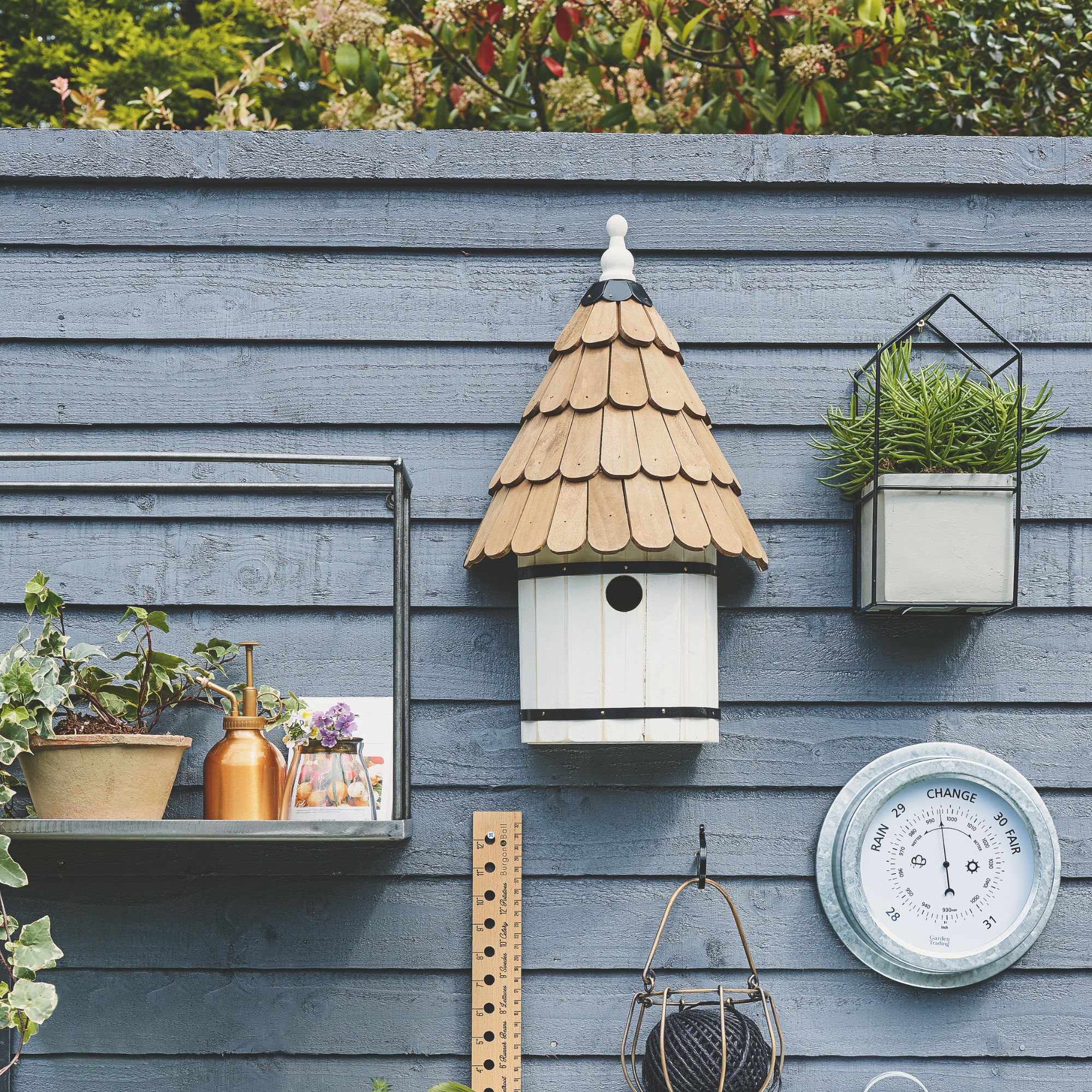
As birds will seek out warm and comfortable bird boxes to roost in when the weather is too cold, it’s well worth adding some insulation while completing your bird box winter care. Just ensure your bird box is dry before you do this, as filling it with insulation immediately after cleaning could lead to bacteria and mould build-up.
This is easy enough to do, and you can fill it with anything from dry wool to hay or even wood shavings. This insulation also serves a dual purpose, as it can block the many air holes often found in bird boxes too.
Of course, you need to leave some free for proper ventilation, but Richard says, ‘Many nest boxes are ventilated to prevent overheating in summer, but these air holes can let in cold draughts during winter. Blocking them in during the colder months can provide birds with a warmer, more sheltered space to rest.’
5. Place it away from predators

A bird box should be a safe space for birds in winter, which is why you should always aim to place it away from predators. And as Susan explains, ‘If you can find a nest box easily, so can a predator – so the more hidden and obscure placement, the better.’
However, you may not have to move it. If your bird box has been used (e.g., you cleaned out a previous year’s nest), you can simply pop it back in the same place, as it’s obviously in a safe and welcoming position for birds. But if it hasn’t been used, move it to a better location.
Richard advises, ‘Birds feel safer at height, so aim to position it at least 10 feet (3 metres) above the ground. Secure it firmly to a sturdy surface, such as a tree or protected wall, to prevent it being dislodged by strong winds.’
He adds, ‘Position your bird box away from areas where predators can easily reach them. Thorny bushes or shrubs nearby can offer an extra layer of protection for birds while feeding or nesting.’
6. Leave it alone
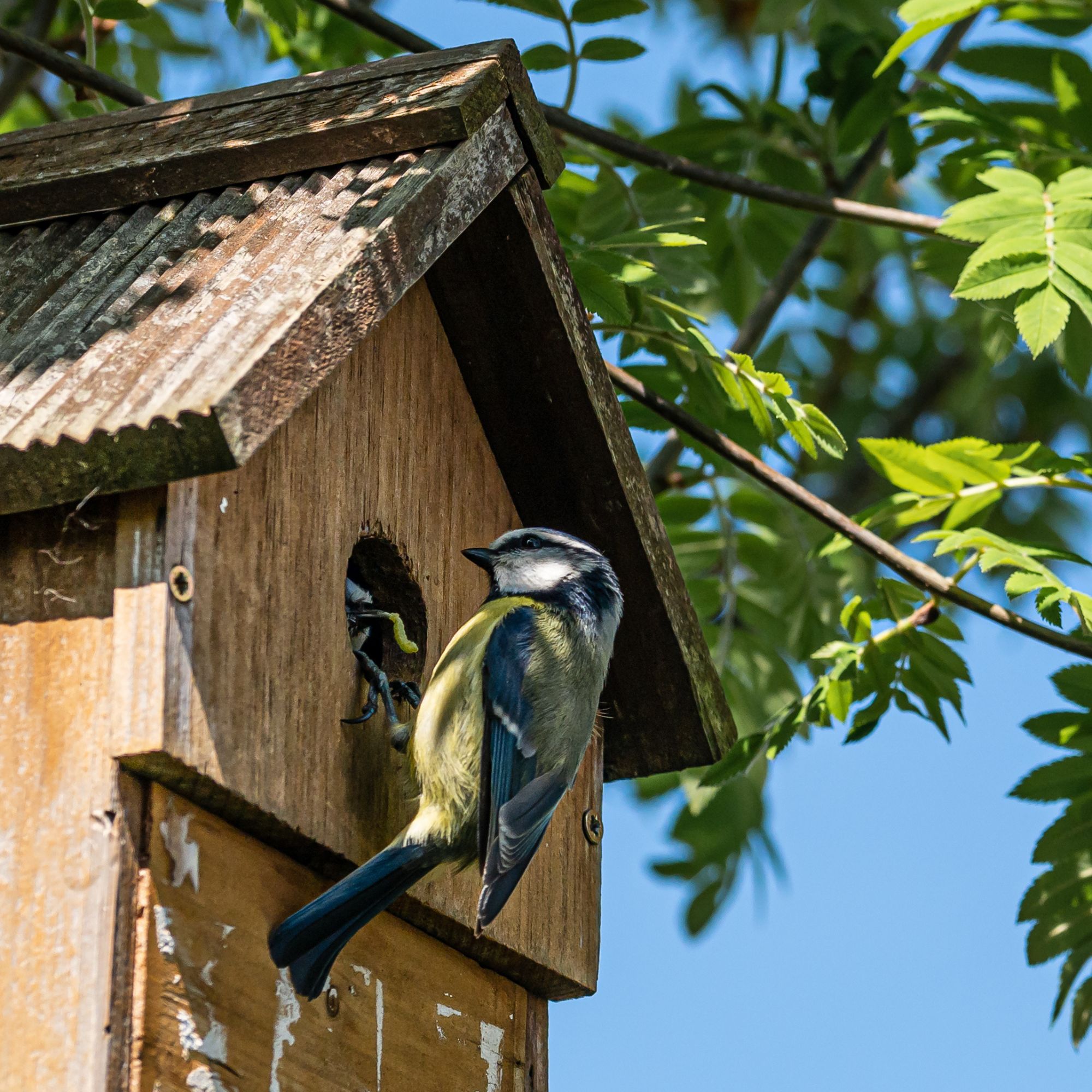
When you’ve completed the above steps, you can finally admire your handiwork and wait for the birds to come flocking. And if you’ve created a safe and warm space for them, there’s a high chance that they won’t just use your bird box for the winter.
After all, birds also use bird boxes for nesting as they lay their eggs and raise their young - which is why it’s also important to leave your bird box alone when you’ve finished your bird box winter care.
Susan warns, ‘From March until September, don’t touch nest boxes - you may disturb nests and scare off parents.’ So, simply wait until this time next year to repeat the above process.
FAQs
Do birds use bird boxes in the winter?
Yes, absolutely! Birds are constantly seeking warmth, shelter, and protection from both the elements and predators during the winter months, and bird boxes can provide that.
But while birds use bird boxes for roosting in winter, they don’t use them for breeding during winter. That happens a few months later in spring.
Where should you not put a bird box?
You should never put a bird box somewhere that’s low to the ground or easily accessible by predators, as this will put the birds in a very vulnerable position and they may choose not to use it as a result. Because of this, you should always aim to install a bird box at least 1.5-3 metres above the ground.
Alongside this, you should also avoid putting your bird box too close to bird feeders and bird baths, as this can encourage competition and aggressiveness as many birds will be competing for the same resources.

Lauren Bradbury has been the Content Editor for the House Manual section since January 2025 but worked with the team as a freelancer for a year and a half before that. She graduated with a Bachelor’s degree in English and Creative Writing from the University of Chichester in 2016. Then, she dipped her toe into the world of content writing, primarily focusing on home content. After years of agency work, she decided to take the plunge and become a full-time freelancer for online publications, including Real Homes and Ideal Home, before taking on this permanent role. Now, she spends her days searching for the best decluttering and cleaning hacks and creating handy how-to guides for homeowners and renters alike, as well as testing vacuums as part of her role as the Ideal Home Certified Expert in Training on Vacuums, having spent over 110 hours testing different vacuum models to date!
-
 5 signs you’ve taken decluttering too far — and how you can pull yourself back, according to organisation experts
5 signs you’ve taken decluttering too far — and how you can pull yourself back, according to organisation expertsYou might have to start resisting the urge to purge
By Lauren Bradbury
-
 What is the Party Wall Act 3m rule and is it something you should be worried about? This is what the experts say
What is the Party Wall Act 3m rule and is it something you should be worried about? This is what the experts sayDon't get caught off-guard by the Party Wall Act 3m rule — our expert guide is a must-read
By Natasha Brinsmead
-
 Shoppers can’t get enough of The Range’s lemon tree, but I’ve found an even cheaper bestseller at B&Q - it’s perfect for a Mediterranean look
Shoppers can’t get enough of The Range’s lemon tree, but I’ve found an even cheaper bestseller at B&Q - it’s perfect for a Mediterranean lookWelcome the summer with this glorious fruit tree
By Kezia Reynolds
-
 Shoppers can’t get enough of The Range’s lemon tree, but I’ve found an even cheaper bestseller at B&Q - it’s perfect for a Mediterranean look
Shoppers can’t get enough of The Range’s lemon tree, but I’ve found an even cheaper bestseller at B&Q - it’s perfect for a Mediterranean lookWelcome the summer with this glorious fruit tree
By Kezia Reynolds
-
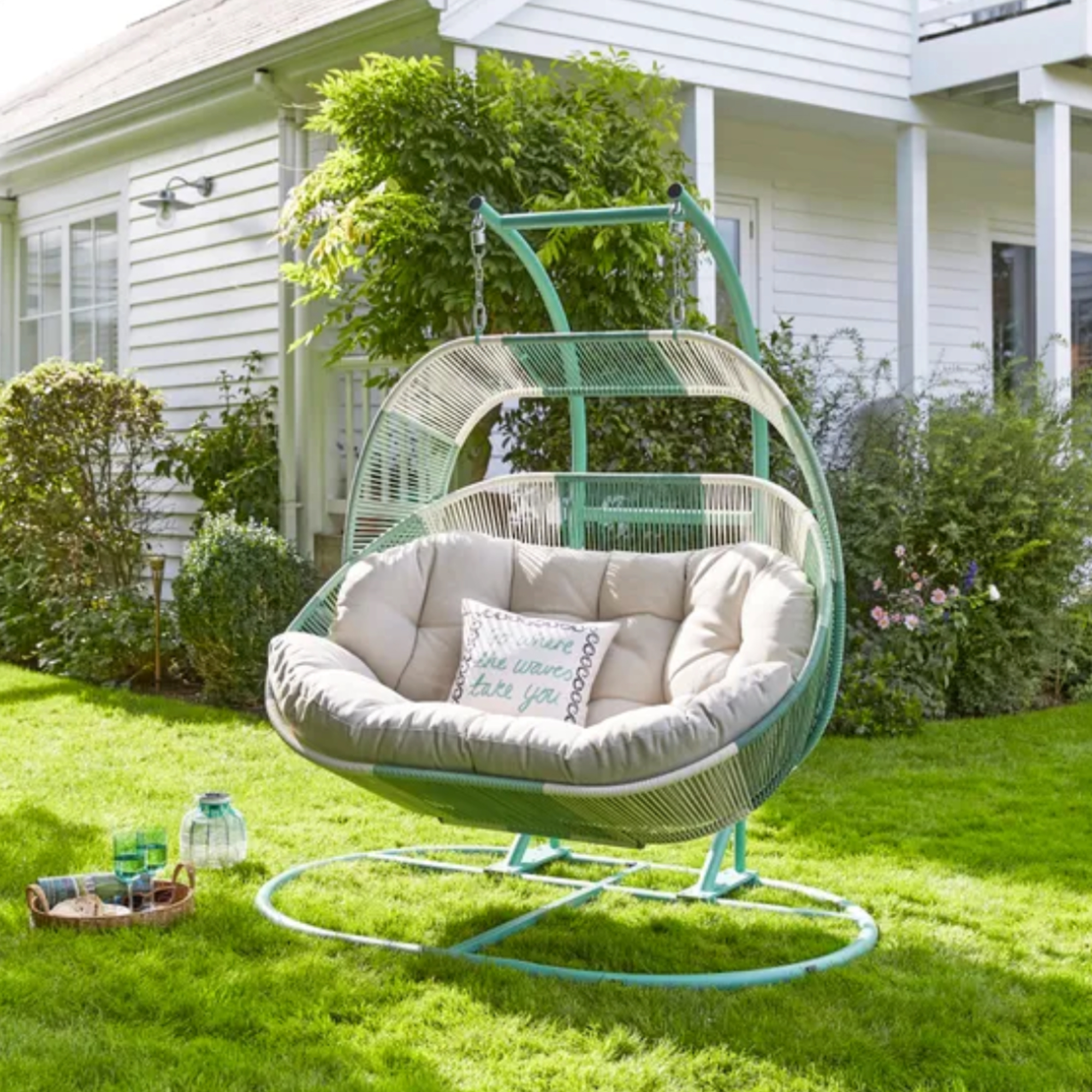 I'm a stylist with an eye for expensive-looking high street finds – these 6 garden furniture pieces at Dunelm are on my radar
I'm a stylist with an eye for expensive-looking high street finds – these 6 garden furniture pieces at Dunelm are on my radarThese pieces all look more than their price tag
By Laurie Davidson
-
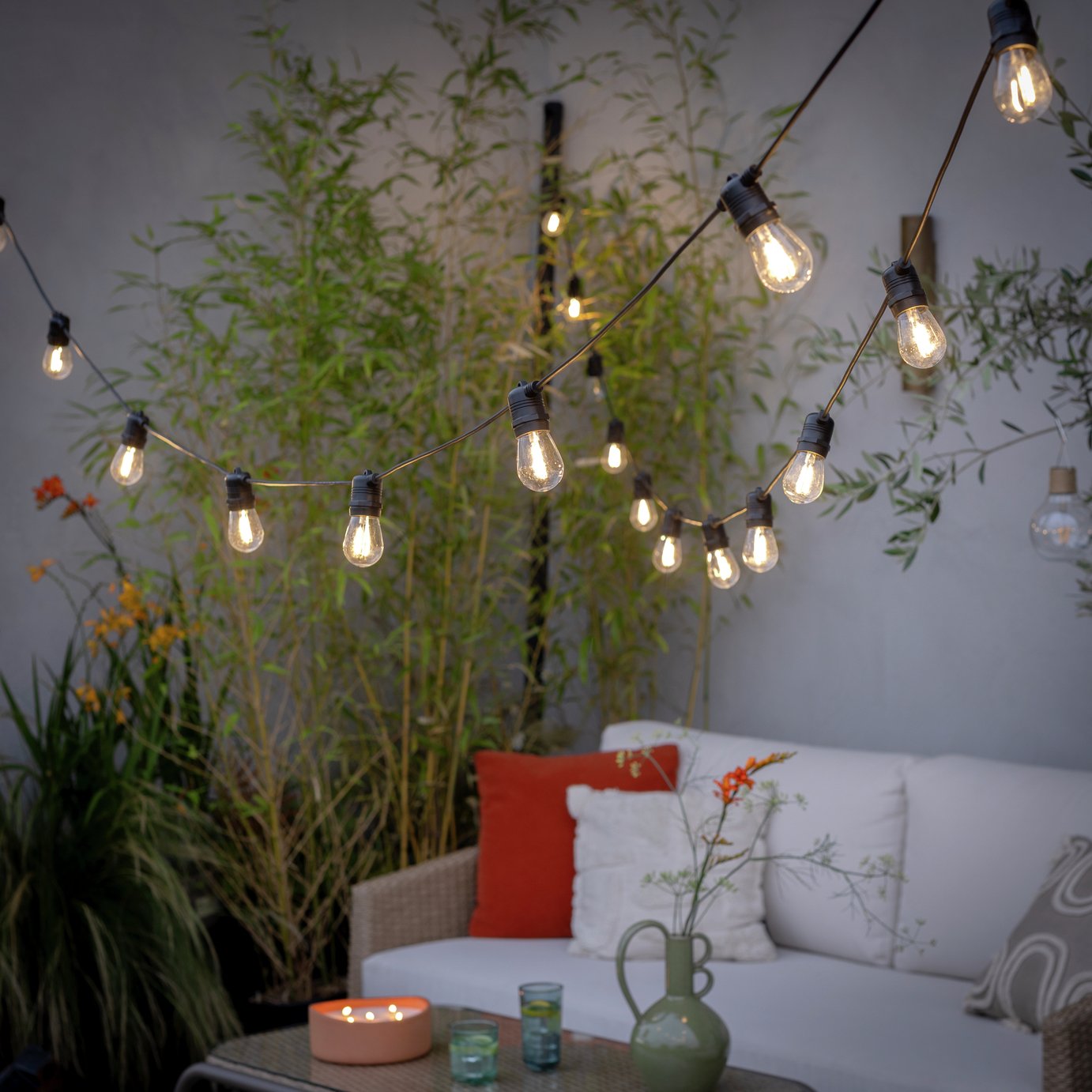 The 6 outdoor lights from Habitat that I'm choosing between to make my outdoor space look more expensive this summer
The 6 outdoor lights from Habitat that I'm choosing between to make my outdoor space look more expensive this summerI couldn’t believe some of the prices
By Ellis Cochrane
-
 Aldi is launching a £200 day bed with four different features - its sleek design is suited to the whole family
Aldi is launching a £200 day bed with four different features - its sleek design is suited to the whole familyYou don't want to miss out on this Specialbuy
By Kezia Reynolds
-
 I’m seeing pastel garden furniture at all my favourite brands this spring, but QVC’s sorbet collection impressed me the most
I’m seeing pastel garden furniture at all my favourite brands this spring, but QVC’s sorbet collection impressed me the mostFresh pastel shades are a great way to liven up your outdoor space
By Kezia Reynolds
-
 I spent the afternoon looking through Wayfair's garden sale – these are the 6 pieces I'm buying immediately for summer
I spent the afternoon looking through Wayfair's garden sale – these are the 6 pieces I'm buying immediately for summerThese are my must-have garden buys from the sale
By Holly Reaney
-
 I’ve found the perfect alternative to John Lewis’ sold-out striped garden chair – and you won’t believe where it's from
I’ve found the perfect alternative to John Lewis’ sold-out striped garden chair – and you won’t believe where it's fromJohn Lewis' Sling Garden Chair is one of the most stylish pieces of garden furniture I'd seen – until I tracked down this QVC lounge chair...
By Kezia Reynolds
-
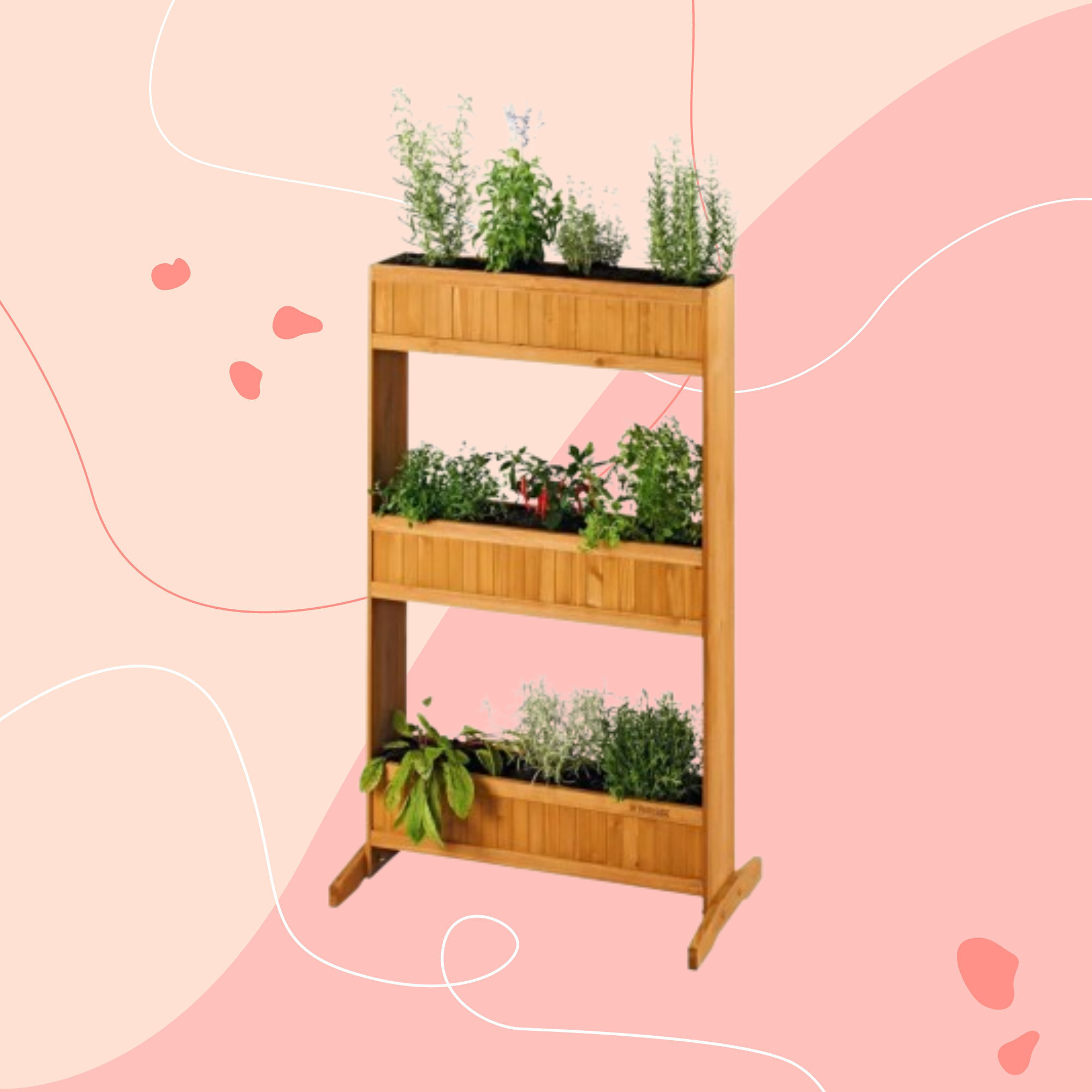 Lidl is selling a smart tiered planter that will unlock extra planting space in a tiny garden or balcony
Lidl is selling a smart tiered planter that will unlock extra planting space in a tiny garden or balconyWhy I've been eyeing this planter up for my tiny garden
By Kezia Reynolds
